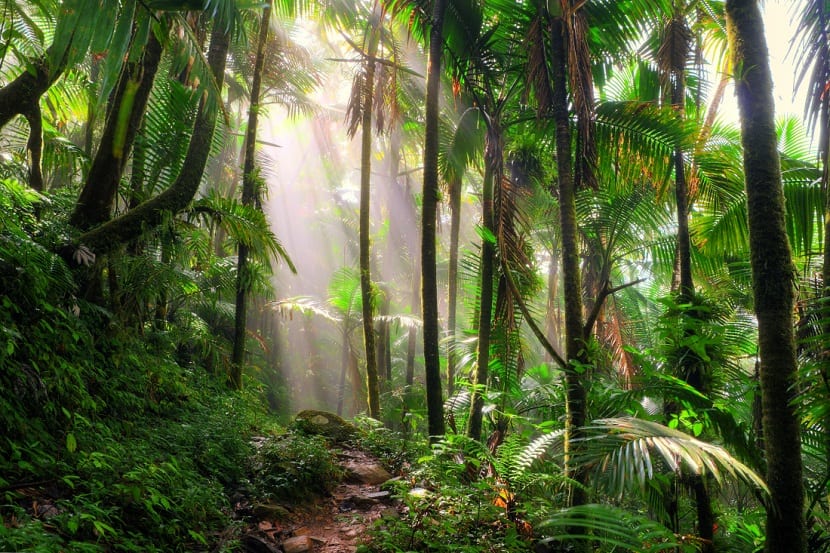
When there is something material or living of great value, one must learn to conserve and protect it. This does not only happen with cultural objects, works of art and popular traditions. It also occurs in nature. Just as certain patron saint festivals can be the cultural heritage of an area, there are also different types of ecosystems his natural heritage. Luckily, Spain has a large area of land with natural heritage of high ecological value (one of the largest in Europe). This does not mean that the rest of the world does not have this valuable territory.
In this article we are going to show you what makes an ecosystem a natural heritage and the importance of its correct management and protection.
What is natural heritage

A natural heritage is an ecosystem that offers beautiful landscapes, it is home to a large number of species that need them to live and, in general, a place that can contribute a lot to society from different aspects. Through the tourist and economic aspect, many well-preserved places attract people from all over the world to visit. This generates economy of natural tourism. On the other hand, it also provides a great deal of information from a scientific point of view.
It is a set of natural assets that are located in the territory of a country. Normally, this heritage is protected with different categories of protection depending on its value and current state of conservation. For example, the best known category is that of a natural park. It is a natural area where the impact of human beings is the least possible and tries to conserve all the intrinsic characteristics of nature, limiting any activity that could damage the ecological balance.
These protection measures are not intended to privatize nature, but rather to enjoy the heritage at the same time that environmental education activities can be carried out to educate the little ones to have conservation values.
All over the world, these protection measures are enjoying acceptable success. There are more than 100.000 protected natural spaces on the planet. Fortunately, in Spain we have great biodiversity and a large amount of protected land. Even with this, the number and area of protected areas has increased considerably in recent years to root of the creation of the Natura 2000 Network. The objective of this network of protected natural spaces is to create a common policy to establish the criteria for the protection of natural spaces on a community scale.
Categories and protection regime
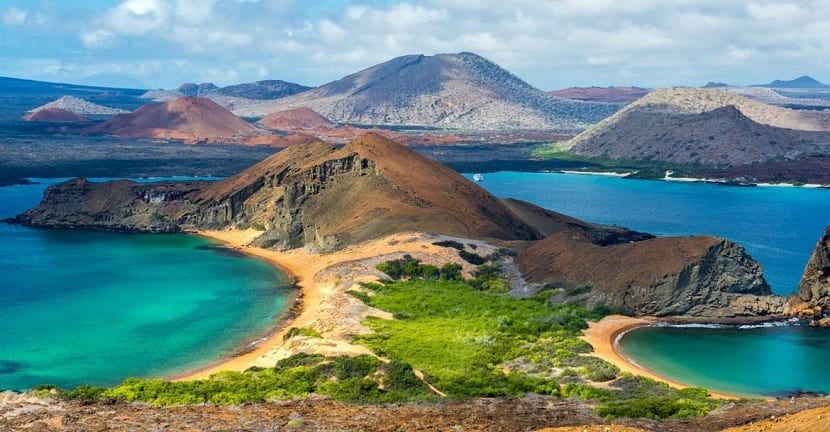
According to the Natura 2000 Network approved by the European Union, natural areas are divided into two main categories:
ZEPA: special protection area for birds.
SCI: places of community importance.
Despite what can be said or criticized about Spain, we have one of the largest network of protected Natural Areas in all of Europe. This means that we have different ecosystems, landscapes and species that make up the Spanish natural heritage.
The natural heritage of Spain extends throughout the Pyrenees, the entire north of the peninsula, the Canaries and Menorca. We also have irreplaceable parts of great ecological value such as the Garajonay National Park or the Doñana National Park in Andalusia.
There are different categories of protection in Spain. We have the natural reserve, natural park, natural setting, natural monument, Biosphere reserve, concerted natural reserve, peri-urban park, etc. Each category has special characteristics and a different protection regime according to what it is trying to conserve. It is not the same to conserve an area near a city than a natural space such as Doñana. Permitted activities and the law are tightened when the ecological value is highest.
Right now, in Spain, the nature reserve is the highest degree of protection, since not even human beings can enter it. Normally, they are places with a small area of land, fenced, where only scientists can enter with permission to carry out research on the flora and fauna that live in these areas.
Examples of natural heritage in Spain
We are going to list some of the most notable and well-known examples of Spanish natural heritage.
Garajonay National Park
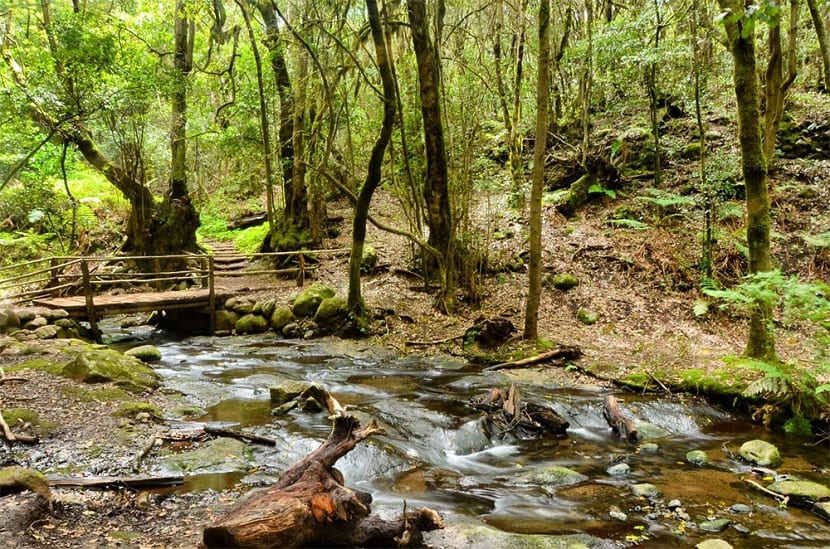
It is located in the center of the island of La Gomera, in the Canary Islands. It retains one of the most important in the entire European Union. It is the magical laurel forest. It also stands out for all its great diversity of plant formations, geological monuments and the large number of endemic species it houses. Remember that an endemic species is one that only develops in one place and does not live in another.
Teide National Park
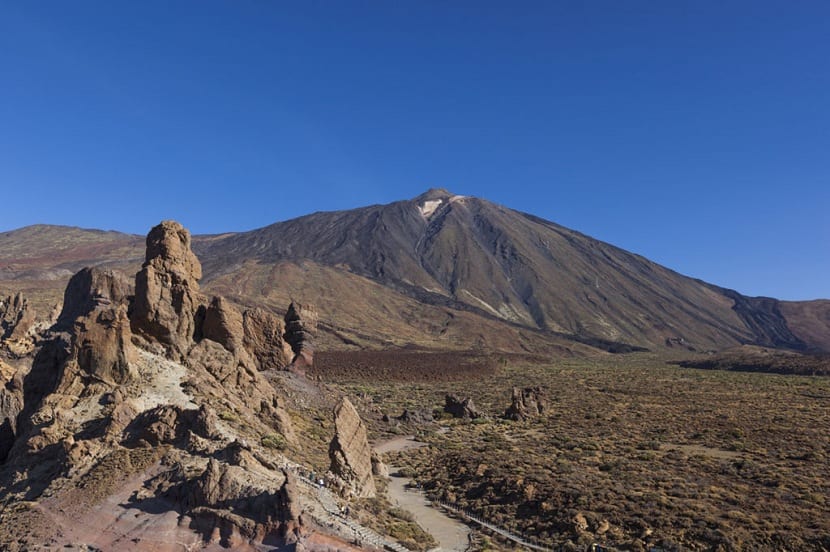
It stands out mainly for the beauty of its landscapes. It is one of the most beautiful in the world. The park is home to a great biological wealth with a high percentage of endemic plant species in the area. Despite what is thought, there is a large number of invertebrate fauna, among which we find the ocelot.
The highest point in Spain is Mount Teide, a volcano. It is the third largest volcano in the world, at 3,718 meters high. This national park is part of the World Heritage list in the category of natural property.
Doñana national park
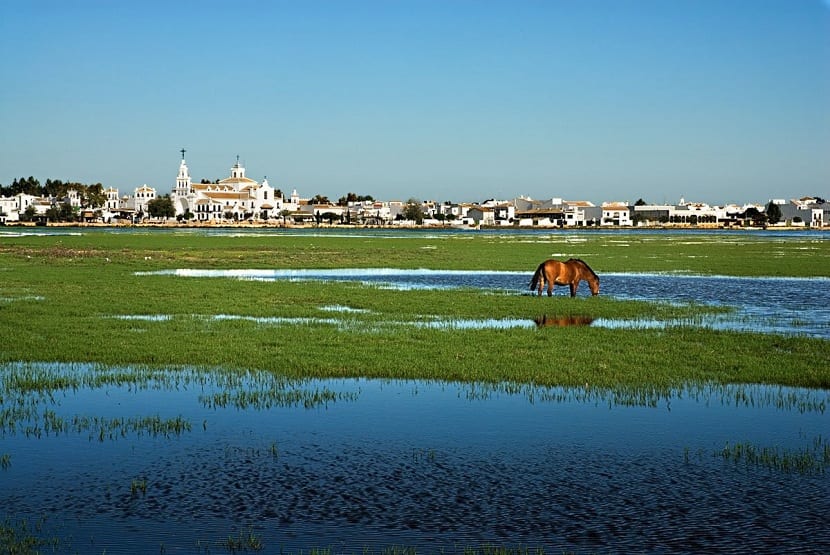
Located in the Gulf of Cádiz, it forms the largest ecological reserve in Europe. It is of great importance for the conservation of the Iberian lynx, the most endangered feline in all of Europe. This park also helps protect the imperial eagle, another emblematic species of Spain.
The Pyrenees
It is listed as a mixed natural and cultural world heritage.
Ibiza
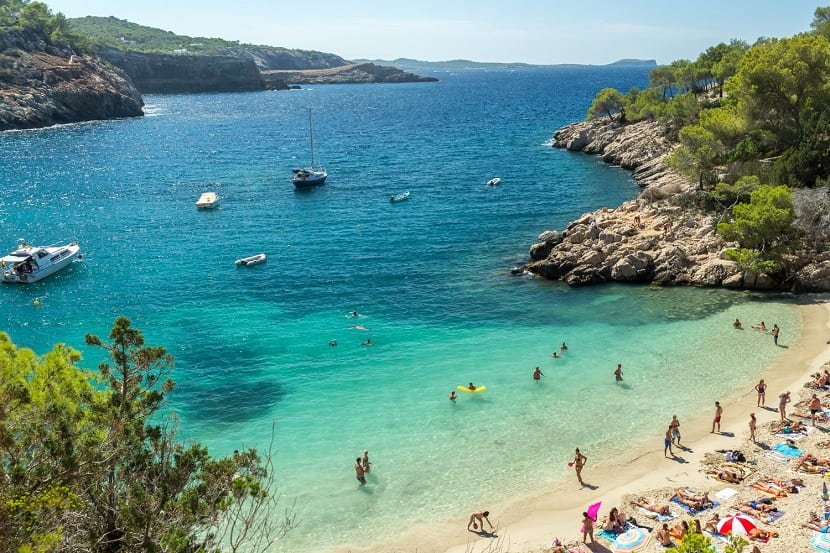
It has important marine and coastal ecosystems. In these areas, most biodiversity and culture interact. It was also declared a World Heritage Site in 1999.
As you can see, natural heritage is of great importance to society. Not only does it conserve nature and its functionality, but it also attracts tourism and promotes the economy of all the areas with the highest value.
